Kitchen Sink Drain Repair – Tampa, FL
During a recent plumbing service in Tampa, Florida, we were called in to assess a leaking kitchen sink. After examining the setup, we quickly discovered that the drain tailpiece had disconnected from the basket strainer due to a broken slip nut and worn-out washers. These types of plumbing issues are commonly found in older or heavily-used kitchens.
We utilized professional-grade plumbing tools such as tongue-and-groove pliers, adjustable wrenches, and replacement slip joint hardware to resolve the problem efficiently. The damaged components were removed, the joint thoroughly cleaned, and a new metal slip nut and cone washer were installed to ensure a leak-free result.
Once all parts were replaced and tightened, we ran the faucet to simulate normal use. The repaired connections held up perfectly, including the link to the garbage disposal. Proactive plumbing maintenance like this is key to preventing kitchen sink leaks, water damage, and mold growth.
Below you can see images from the job site with detailed descriptions of what was done during each step of the process.
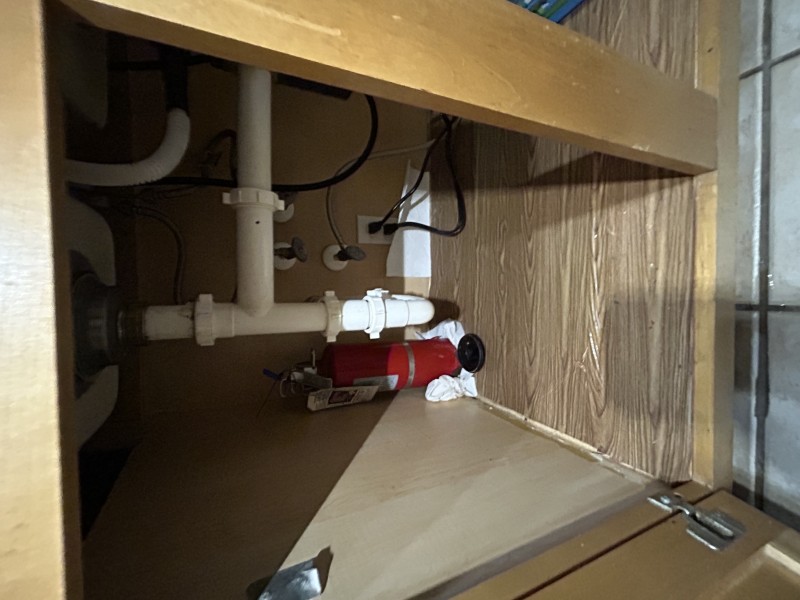
Initial Inspection
The drain tailpiece had become completely detached under the sink, causing active leaking. This is often due to a failed slip nut or degraded washer — a typical cause of kitchen sink drain failure.
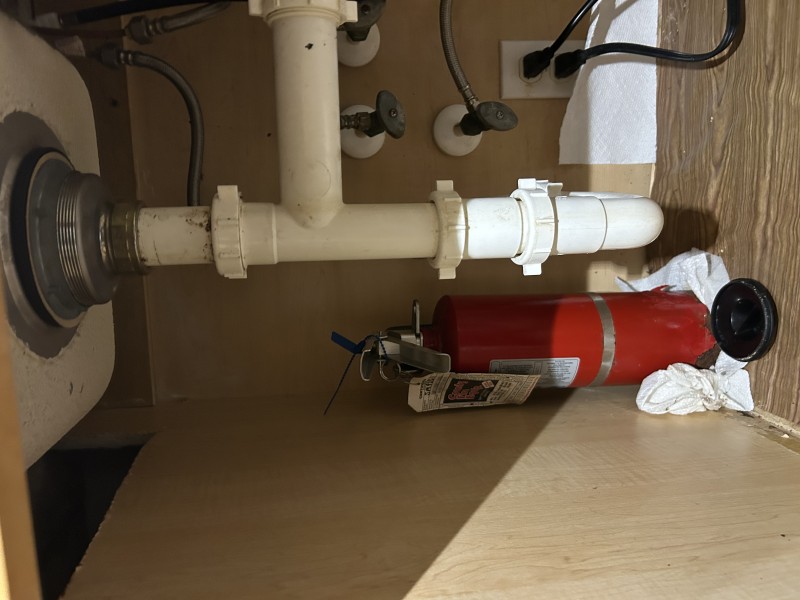
Broken Slip Nut
This close-up shows the cracked plastic slip nut. These inexpensive fittings are prone to failure over time and should be replaced with stronger metal components for better longevity and sealing.
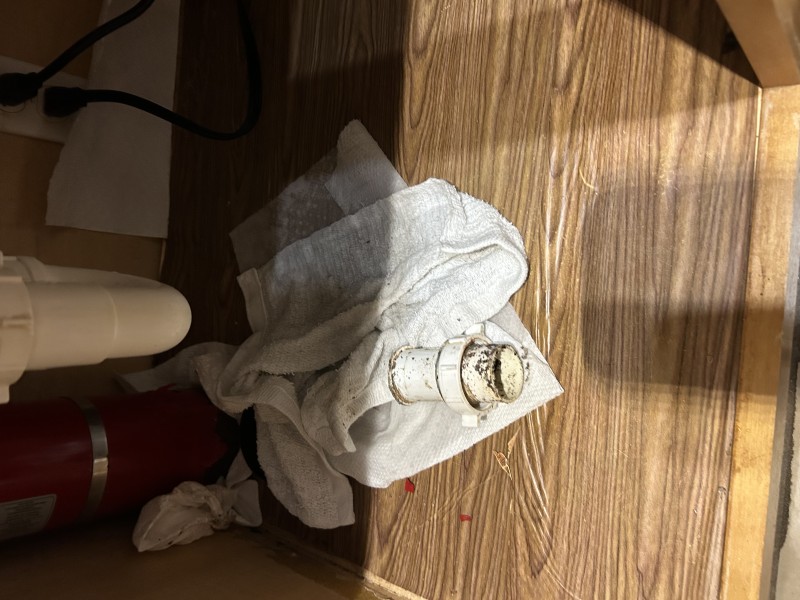
Worn-Out Washer
Here’s the rubber washer that had deteriorated. Over time, exposure to hot water and cleaning chemicals weakens these parts, leading to poor sealing in the kitchen drain assembly.
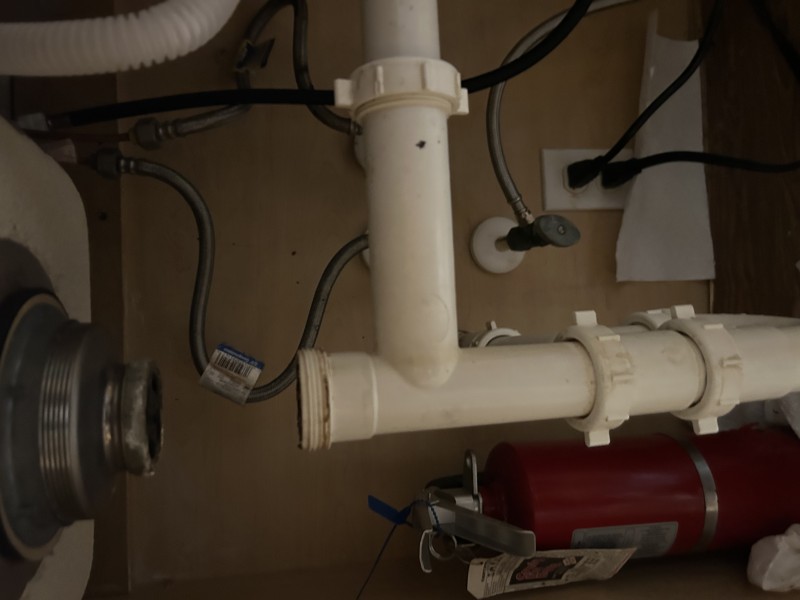
Tailpiece Disconnection
The tailpiece had slipped out entirely from its fitting. Without proper tension and sealing from a cone washer and nut, leaks like this can cause cabinet damage and mold buildup.
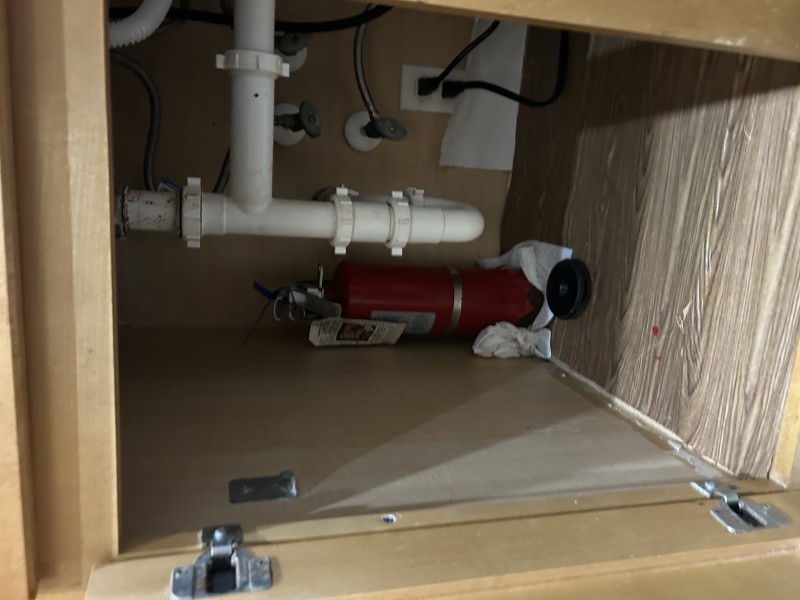
Installing New Hardware
This photo shows the newly installed metal slip joint nut. Unlike plastic, metal fittings are more durable under pressure and temperature changes, preventing future under-sink leaks.
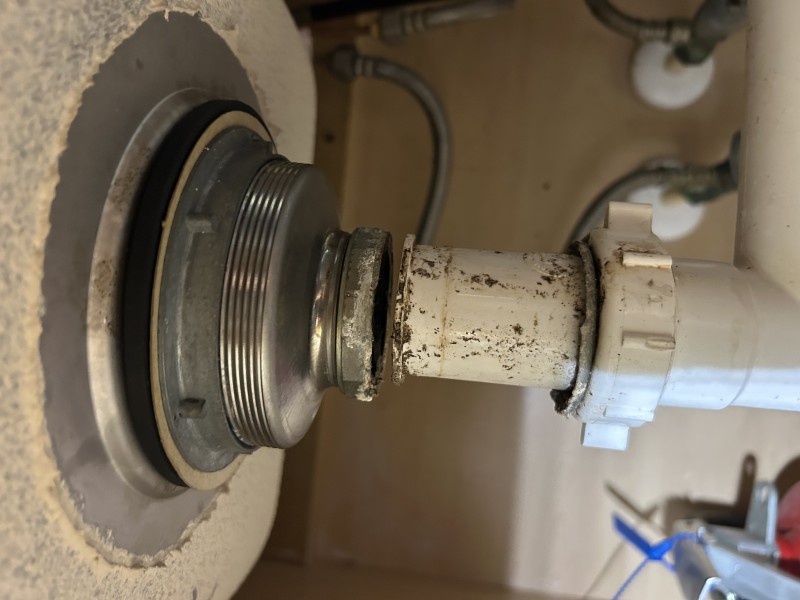
Securing Connections
Using a pipe wrench and plumber’s pliers, we secured all joints to make sure the kitchen sink plumbing was tight, sealed, and ready to handle everyday use without leaks.
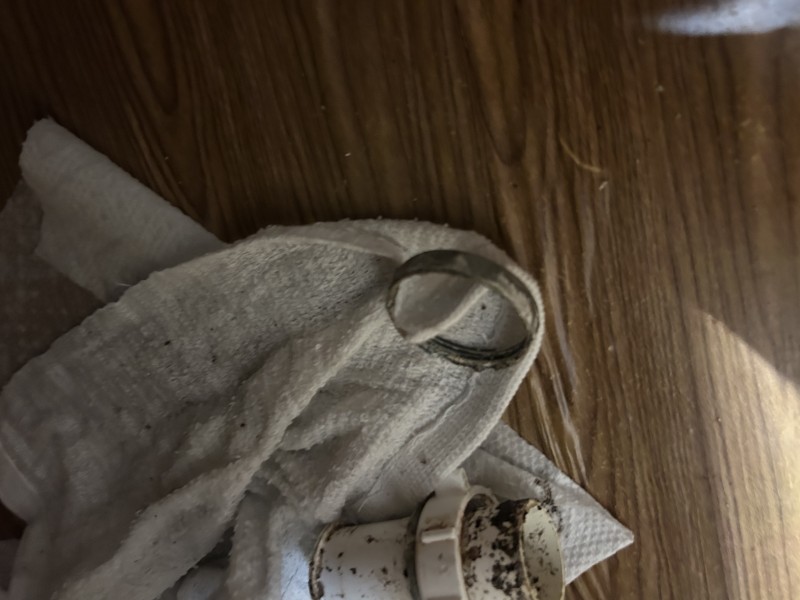
Proper Drain Alignment
Once all parts were in place, we made sure the drain pipe was aligned correctly. Misaligned pipes can cause stress on joints, leading to eventual leaks in your plumbing system.
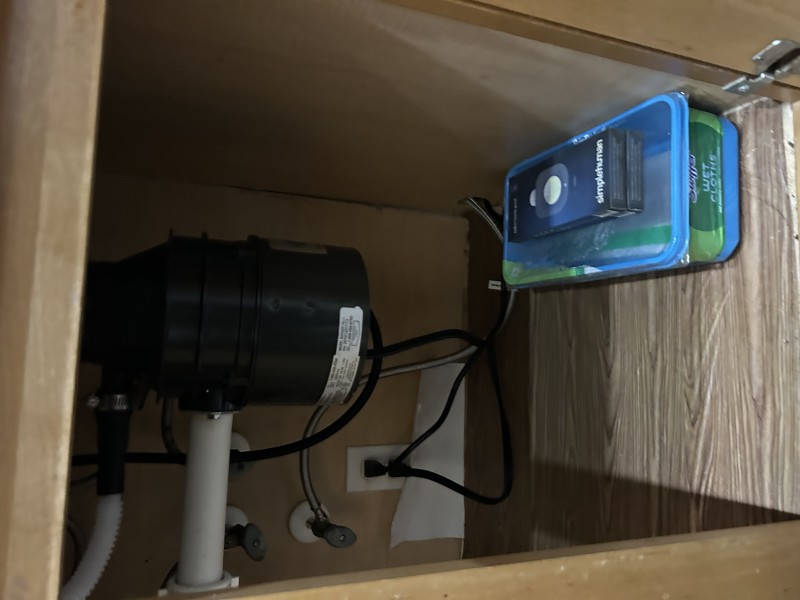
Leak Test Passed
We ran hot and cold water at full pressure to ensure no drips or leaks were present. Always verify your plumbing repair under real usage conditions before wrapping up a job.
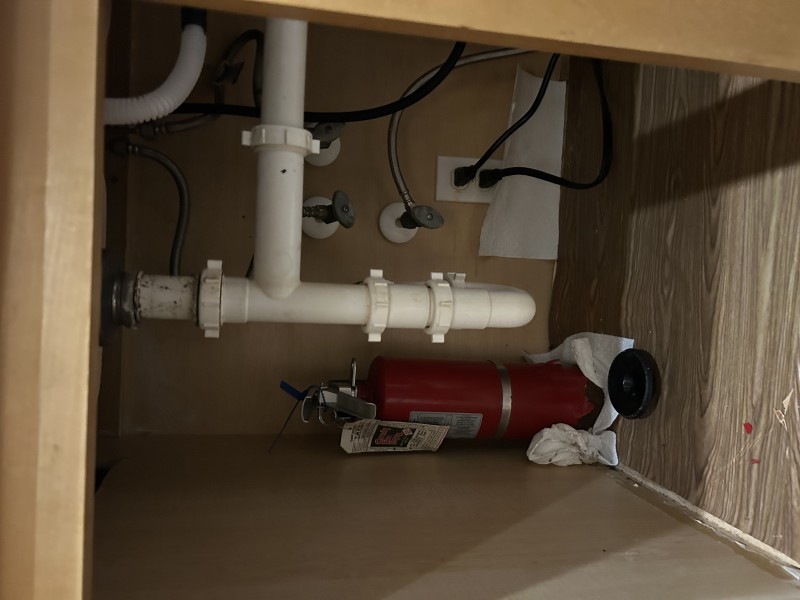
Final Result
With all new parts installed and verified, this kitchen sink plumbing system is now operating as it should — leak-free and durable. Routine inspections help prevent breakdowns like this.